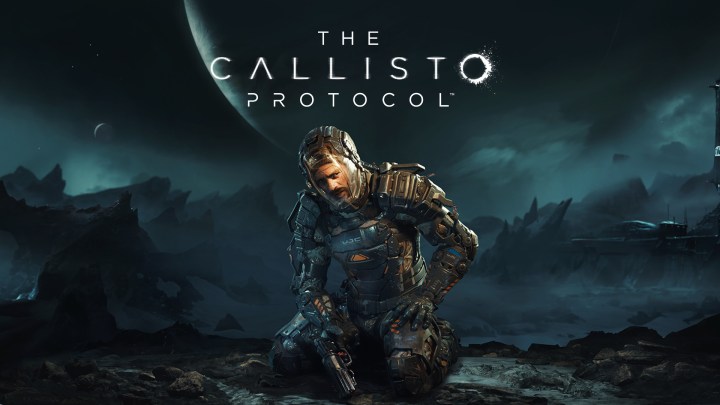Featured Pro Portfolio: Bastien Lecouffe Deharme
French digital artist Bastien Lecouffe Deharme specializes in creating artwork that revolves around modern or ancient dark symbolic legends and mythology. Currently based in the United States as an instructor and freelance illustrator, he describes his style as a contrast of beauty and decadence. With a vertical canvas being the staple of his artwork, the ArtStation Pro vertical theme is the perfect fit for his portfolio website.
Check out Bastien’s ArtStation-powered portfolio website.
See what kind of work he catches his eye, how he gets noticed, his advice for artists and more.
What is one of your favorite personal works and why?
It is a difficult question to answer. I really can not say that I have a favorite work. Every image is a story, and happened at a specific moment. Some of them getting great and unexpected feedback from friends and viewers, some others staying unnoticed even if I felt especially excited when working on it. I really love doing what I do in general and I have a tendency to always look to the next story I will tell visually, rather than looking back at what I did in the past. After all these years of my career, I created hundreds of illustrations and I tend to appreciate specific aspects of each. I don’t feel the need to chose.
For the sake of the exercise though, one image comes to mind. It is usually the one that people remember from my portfolio: The Black Queen. This piece is special to me as it was the first portrait I made of my wife after we met. It’s an image that is 8 years old now, but it was already featuring a lot of specific elements that are today emblematic aspects of my artwork. Verticals, centered compositions, nudity and anatomy, with a “heavy” storytelling aspect to it.
What do you do to get noticed by recruiters?
I feel old. At the time it was MySpace. It was the beginning of “having your own space to share your work with the rest of the world”. Today it’s Facebook, Instagram, Twitter or whatever platforms you decide to use. And of course the “specialized” platforms like ConceptArt, CGSociety, It’s Art, CGHUB and today ArtStation obviously. I always tried to make my artwork as visible online as possible. My main focus was always Facebook, as it reaches a maximum amount of people from different horizons. Having a strong core of followers on one platform always helps developing another web space.
That’s how it always worked for me: a strong visibility online, with a quality portfolio. Galleries showing what you can do and displaying a work that is “unique” “different” “personal’, however you want to call it. With that formula, I never contacted a client. Work always came to me. And because I was displaying a very “specific” portfolio, clients were always asking for work that I love doing. In other words: Don’t put dragons in your portfolio of you don’t want to paint dragons for a living.
What aspect of a portfolio catches your eye?
Most of the time a portfolio catches my eyes when I see things that I can not do. I get excited when I see an artist wonderfully creating things that are beyond my understanding. That stimulates my curiosity and often makes me jump at my computer with the stylus in the hand. That’s how we learn isn’t it?
Advice for aspiring artists
It goes back to what I mentioned earlier: stay in touch with yourself. Clients will call you because you do this “thing” that no other artist does the same way. Aiming for what makes your images unique and different will ensure that people remember your work and call you for what you are and what you enjoy doing.
As I tell my students, I think one way to discover your “personal style” (quite a blurry concept that deserves a full discussion) resides in the way you fix your problems. We all have weaknesses, and the techniques you develop to overcome your struggles often leads to something personal and usually different.
For example, fifteen years ago, the use of photographic material in my illustrations came to remedy my weaknesses and help me reach the level of realism I wanted to present in my work. Today, after so many years of daily practice, I do not have to rely on photographs anymore but I do it anyway because it became part of my visual identity. It builds the crisp render of my work, and the crude realist aspect of it. It is mixed with so much drawing and painting work that this complex recipe became my own, and I use it in every artwork I make.Learning from the masters is essential. But it must be coupled with a curiosity, a taste for exploration, visual risks and discoveries.
Too often, I see aspiring artists trying to emulate and recreate the work of others that they see online, thinking that “this is the way to go” or naively claiming “I love that style”, and forgetting that the goal is to produce something original.
They often forget that professionals of the field have years of work in the background that led them to paint the way they do it today. Aspiring artist must accept and enjoy the long run. This is not only a key to success, this is where the fun is!
See more of Bastien’s work on his ArtStation Pro website. To find out more about ArtStation Pro portfolio websites, click here.



























